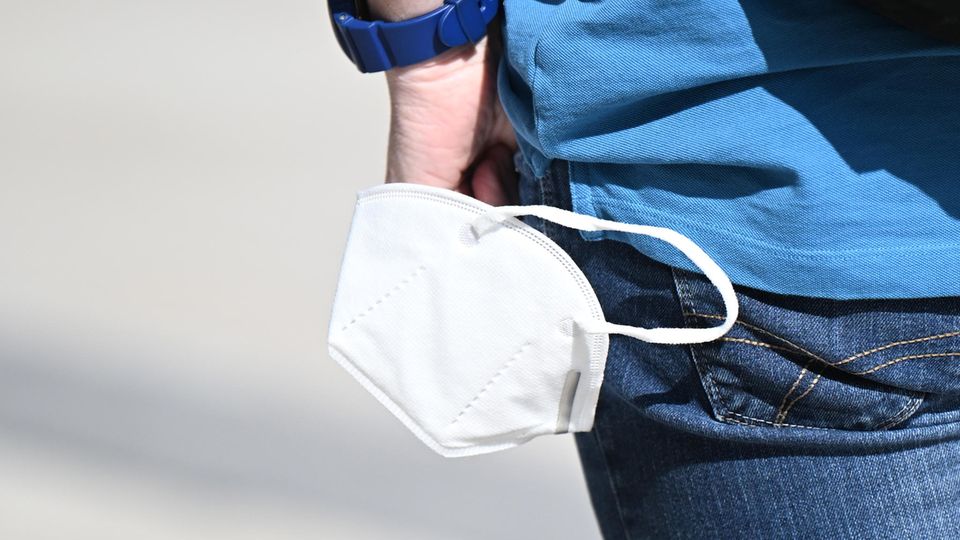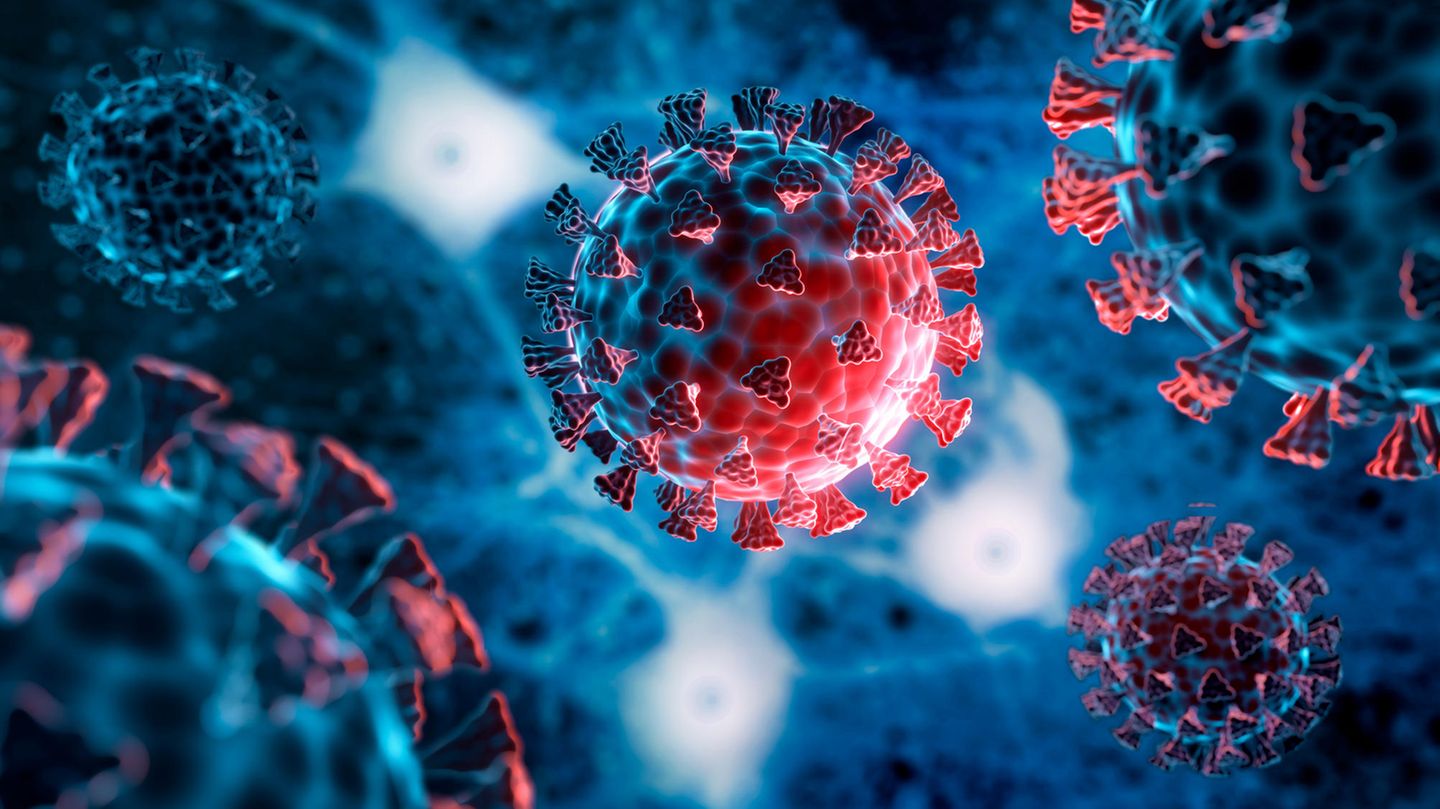The omicron subvariants BA.4 and BA.5 are currently increasing the numbers in South Africa. A new variant called BA.2.12.1 is also on the rise in the USA.
After the Corona explainer Christian Drosten has become quieter in recent weeks, the virologist is now speaking on Twitter. He would like to provide current assessments of Sars-CoV-2 “after all the nonsense” that has been spread recently.
In mid-April, the World Health Organization included the two omicron subvariants BA.4 and BA.5 in its monitoring of omicron variants. They were first detected in South Africa and Botswana. Christian Drosten explains the two subtypes: These are omicron variants with their own origin, i.e. they do not descend from BA.1 BA.2 or BA.3, but from the common omicron forerunner. The two omicron sub-variants differ from previous omicron variants. Both have the L452R mutation. The virologist explains that this is already known from Delta. In addition, BA:4 and BA:5 have another common mutation F486V. It’s on the spike protein.
Immune escape of the new variants probable
“Immunescape is likely,” writes Christian Drostens briefly. That is, these particular mutations in the new omicron subtypes make it likely that they can evade the body’s immune response. A gradual increase in the two omicron subtypes has been observed in South Africa since January.
Since mid-April, however, there has been a sudden exponential increase. How it comes about: “The variant probably has an immune escape advantage in a population in which there was no BA.2 wave (as in South Africa). The now sharp acceleration in the increase in incidence is probably due to the onset of loss of transmission immunity after the BA.1 wave in December,” explains Drosten.
As is known, the omicron subvariant BA.1 causes rather mild courses. Scientists have found that in the case of mild or asymptomatic courses of a corona infection, only a few antibodies are formed or the antibody concentration decreases rapidly. This means that the numbers in South Africa have probably increased so much at this point in time because people who became infected in the BA-1 wave are no longer so well protected against renewed Sars-CoV-2 infections.
BA.2.12.1 is growing rapidly in the US
The Berlin virologist also points to the increased occurrence of BA-2 strains, which have two additional mutations. They are summarized as BA.2.12.1. There is currently a large increase in BA.2.12.1 in the US. Because of the L452 mutation, one can think of an increase in virulence, says Drosten. This means that BA.2.12.1 appears to be more transmissible than the original omicron subvariant BA.2. According to the US health authority Centers for Disease Control and Prevention (CDC), BA.2.12.1 accounts for 28.7 percent of current corona infections. However, the omicron subvariant BA.2 still accounts for the majority of infections at 68.1 percent. Christian Drosten assesses the situation in the USA as follows: “In particularly affected areas there are already increases in hospital admissions, but the total number is still reassuringly low. You have to continue to monitor the situation.”

The current weekly report of the Robert Koch Institute (RKI) states that as of April 18, a total of 25 samples of the omicron subvariant BA.5 have been detected. The proportion in a sample was therefore 0.2 percent the week before last. More recent values are not yet available. BA.4 has not yet been proven. In Germany, however, the genome is only decoded in a small proportion of the positive samples.
Sources:, ,
Source: Stern




